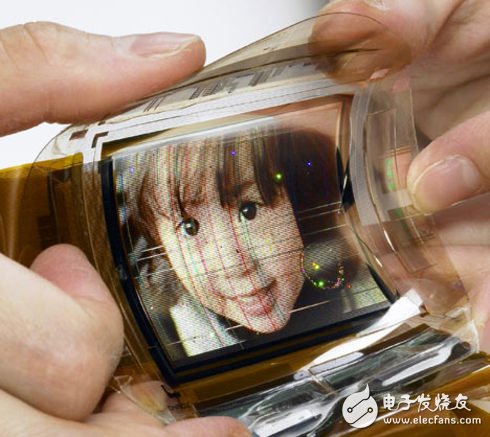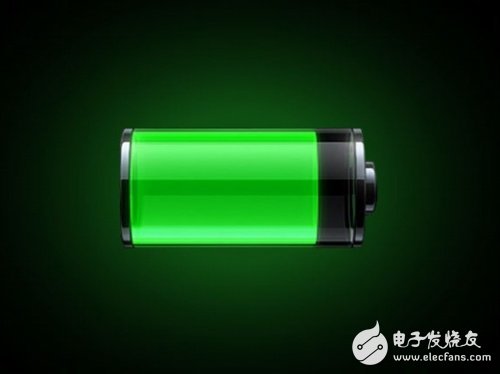At the beginning of 2015, CES, MWC and Apple Watch were released, and three fires made smart wearables enter the public opinion center again. From the accessories of the current mobile phone to "smartphone +", it is a mainstream view of smart wearables. The author believes that it is too early to talk about wearable replacement of mobile phones by adding independent network components such as Sim cards to wearable devices such as smart watches and adding more sensors and chip devices. The main limiting factor for wearable alternative phones is the contradiction between wearable "small" and "big" on the phone screen. The current mainstream screen for mobile phones is 5 to 5.5 inches, which is unacceptable for wearables, and solving this contradiction depends on three key technologies. The first is flexible device technology. The industry predicts that flexible screens are expected to be commercially available from 2016 to 2017. The main constraints are process yield and cost. Last year, Samsung SDI successfully developed flexible batteries, and with the breakthrough of graphene technology in the past two years, flexible flexible batteries will become a reality. The true "bending" of wearable devices is no longer far away. The commercial scale of flexible devices will be a key step in the replacement of mobile phones with wearables. The second is battery life technology. In the wearable size of this small size, battery life has always been wearable pain, especially the "+ mobile communication module" real-time wireless connection, which is a luxury for wearable devices. Some of the gratifying changes that are taking place in the battery life field, including the development of new battery materials, the increase in battery energy density, the popularity of fast charging technology, and the maturity of wireless charging, all provide strong support for the future of wearables. The contradiction between supply and demand of battery life is close to the turning point, but it will take time to make breakthrough progress. The third is human-computer interaction technology. The use of touch in such a small size that can be worn is obviously a violation of human interaction. The interactive mode of liberating hands such as voice and gesture is more suitable for wearable products. In the emerging interactive mode, the voice interaction has the conditions for promoting the scale of the wearable product, and also conforms to the use scenario that the wearable device needs to liberate both hands. Gesture recognition can also be applied to wearable products with the aid of sensors. Eyeball recognition and so on, due to limitations in technology, cost, experience, etc., scale business needs to wait. Electronic hardware design simulation please pay attention: batch verification artifact Outdoor Front Service LED Display
Front Service Outdoor Fixed Install LED Display Screen
1. High refresh rate: With NOVA STAR control system, no scanning line when photographed
* Nova MSD 300 sending card and Nova mrv328 receiving card
* Cabinet size:960x960mm
* Kinglight/Nationstar LED Lamp, Refresh rate:1920-3840hz
* Ultra-Light designing, less than 30kg/pcs
* High brightness up to 6500cd/sq.m, even in the sunlight conditions can see clear, but low power consumption to save the electric power cost.
* High debugging brightness and no damage to gray scale, achieving the debugging technology for nice image.
* Passed the TÃœV,FCC,ROHS,CE cetification.
Outdoor Front Service LED Display,P3.91 Outdoor Led Screen,Led Stage Screen Guangzhou Chengwen Photoelectric Technology co.,ltd , https://www.cwstagelight.com


2. High gray level: 256 RGB each ,display 16.7M colors ,vivid and perfect video effect
3.High resolution: The most apparent features of the new generation of LED display
4.Good color uniformity
5. High Brightness: 6000-8000 cd/m2 ,brightness automatically adjusted
6. High Quality: CE, RoHs, FCC, UL, IP65, ISO9001 passed + 96 Hours serious testing time
7. Long life span: over100,000hours, warranty from 2 years.